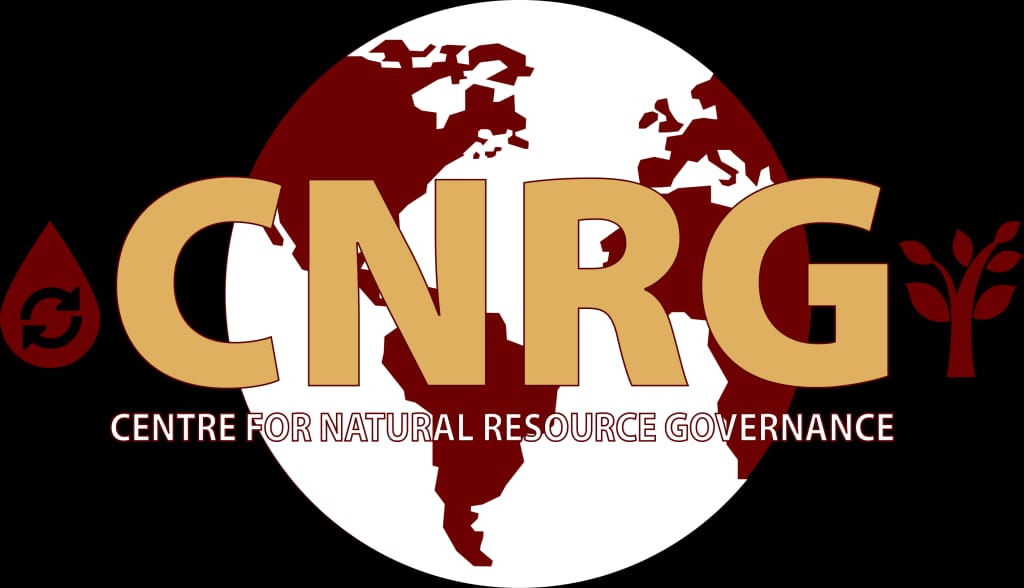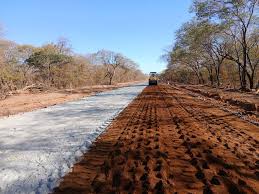Subtotal $0.00
Harare, Zimbabwe – The Centre for Natural Resource Governance (CNRG) unveiled a compelling documentary titled Iron and Injustice: The Manhize Story at the 14th Edition of the Zimbabwe Alternative Mining Indaba (ZAMI). The event, themed “From Extraction to Sustainable Development: Unlocking Zimbabwe’s Mineral Wealth for Inclusive Growth in the Just Energy Transition,” spotlighted the controversial Manhize steel project, which has been described as Africa’s largest integrated steel plant.
The documentary focuses on the significant challenges faced by local communities in Zimbabwe’s Midlands province, where the Dinson Iron and Steel Company (DISCO), a subsidiary of China’s Tsingshan Holdings, has invested US$1.5 billion into the steel plant. While the project promises economic benefits such as industrialization, job creation, and enhanced regional trade, the film reveals a darker narrative of displacement, exploitation, and unfulfilled promises.
CNRG’s communications and advocacy officer, Donald Nyarota, commented on the documentary’s dual purpose: “The documentary is both a warning and a call to action on the nature of the natural resource governance models which can drive broad-based economic development without the externalized costs on environment and communities.” He emphasized the importance of placing host communities at the center of decision-making, highlighting that Zimbabwe’s mineral wealth should uplift rather than impoverish its citizens.
The film interrogates the promises made by DISCO, showcasing the lived realities of those affected by the plant’s operations. CNRG’s executive director, Farai Maguwu, elaborated on the need for a people-centered, environmentally responsible model of extractive development. “Industrialization must not come at the cost of the environment, justice, and dignity,” he stated, stressing that the current extractivist setup threatens to undermine community welfare.
Maguwu also called for a revival of the iron and steel sector in Zimbabwe. He noted that while the plant at Manhize is positioned as a driver of economic growth, it should foster linkages with other industrial sectors to stimulate broad-based development. “We need a linkage between Manhize and ZISCO Steel, where the steel billets are taken to be further processed, and that will link many other industries in Zimbabwe, which are already dying because of a shortage of steel,” he explained.
The documentary further amplifies the voices of displaced farmers, workers, and community members who live in the shadows of the Manhize plant. Their stories serve as poignant reminders of the human cost associated with large-scale industrial projects. The film juxtaposes these narratives with expert analyses on how Zimbabwe can align its industrial ambitions with continental frameworks for green, inclusive development.
CNRG calls upon the government, investors, and regional bodies to adopt policies that ensure Zimbabwe’s steel industry becomes a model of accountability and environmental stewardship. This aligns with the Africa Mining Vision (AMV) and other regional integration agendas, which advocate for sustainable and inclusive socio-economic development.
The documentary’s launch at ZAMI marks a significant moment in the ongoing conversation about natural resource governance in Zimbabwe. By spotlighting the multifaceted challenges associated with the Manhize steel project, CNRG aims to galvanize action and inspire policy changes that prioritize community welfare and environmental sustainability.
As the documentary unfolds the realities of those affected by the project, it prompts critical questions about the future of Zimbabwe’s mining sector. Can the promises of industrialization and economic growth be reconciled with the rights and needs of local communities? Will the government heed the call for a more equitable model of development that benefits all Zimbabweans?
The responses to these questions will likely shape the trajectory of Zimbabwe’s mineral wealth and its capacity to foster a just energy transition. As Nyarota aptly stated, “The future of our natural resources should not come at the expense of our communities.”
The launch of Iron and Injustice: The Manhize Story not only highlights the urgent need for responsible governance in resource management but also serves as a reminder that the voices of local communities must be heard and respected in the face of large-scale industrialization.













